Sterile Water For Inhalation: The Complete FAQ Guide In 2025
Do you require an inhaler? Do you need saline solution for respiratory care? In pharmaceutical and healthcare settings, nebulizers and inhalers are routinely used to cure respiratory diseases and disorders. For respiratory therapy, it is integral that water must be pure and sterile. A special vehicle- sterile water for inhalation is utilized to ensure the health safety of individuals.
Sterile water for inhalation is pure and sterile preparation. You can conveniently use it with a nebulizer, humidifier, and inhaler. It helps in combating respiratory infections, dryness, and irritation. This solution does not have any impurities or contamination. It directly goes to respiratory airways, so sterility is a must component of sterile water for injection.
If you are a researcher or pharmacist, then this guide about sterile water for inhalation will increase your knowledge. This detailed blog post will describe both simple and technical aspects related to sterile water for inhalation. Let’s embark on a scientific journey.
1.What is sterile water for inhalation?
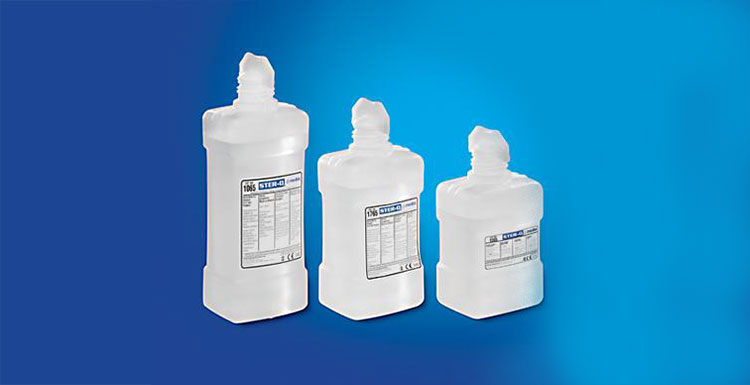
Sterile Water for Inhalation- Picture Courtesy: Medline
Sterile water for inhalation is a form of processed water that undergoes various rigorous and exhaustive steps of purification and sterilization to attain highly pure sterile water. The sterile water for inhalation is intended for respiratory disorder therapy in diseases, such as cystic fibrosis, bronchitis, pneumonia, sinusitis, etc.
Sterile water for injection is regarded as the starting point for preparing sterile water for inhalation. The former is further processed and appropriately packed for use in nebulizers, humidifiers, or high-flow nasal cannula.
Sterile water for inhalation is just like sterile water for injection void of microbes, chemicals, additives, preservatives, and particulate matter. Its low hypotonicity is ideal for hydrating dry respiratory tissues and relieving airway irritation.
2.What are the benefits of sterile water for inhalation?
Users are naturally curious about the benefits and uses of sterile water for inhalation, just like with any other product. Sterile water for inhalation has an array of advantages and is widely recognized for its utility and humidifying benefits for the respiratory tract. So, without further ado, let’s go through the benefits of sterile water for inhalation:
Superior Sterility
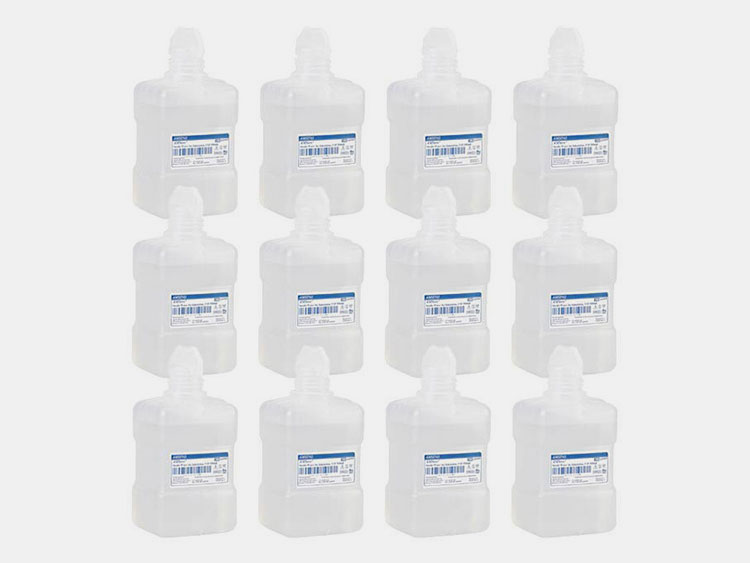
Superior Sterility- Picture Courtesy: Express Medical Supply
Since sterile water for inhalation goes directly to the respiratory tubes and lungs, hence, it must be completely devoid of microbes or other physical impurities. Therefore, sterile water for inhalation is processed for obtained sterility. There is no microbial growth and foreign particles in it. This averts the risk of respiratory illnesses, particularly in sensitive patients and infants.
Boosts Therapeutic Delivery
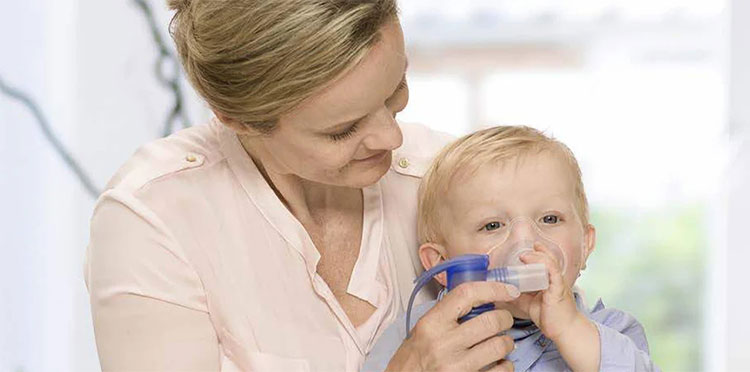
Boosts Therapeutic Delivery- Picture Courtesy: PARI
Sterile water for inhalation holds the job of a diluent. It dilutes diverse respiratory therapies, for instance, bronchodilators, corticosteroids, or antibiotics. These diluted medications are inhaled using nebulizers. Also, it aids in the forming of minute aerosol particles for successful drug distribution to the lungs.
No Added Preservatives
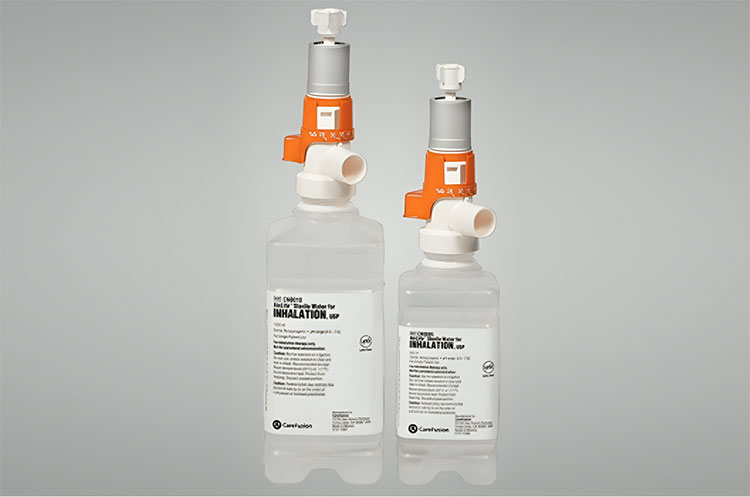
No Additives- Picture Courtesy: Venture Respiratory Inc.
You’ll not detect any type of additives or preservatives in the sterile water for injection. As a result, it is used with peace of mind for respiratory and pulmonary treatment. It does not cause any irritation to the delicate lining of the respiratory system and does not pose any risk to these tissues.
Promotes Pulmonary Hydration
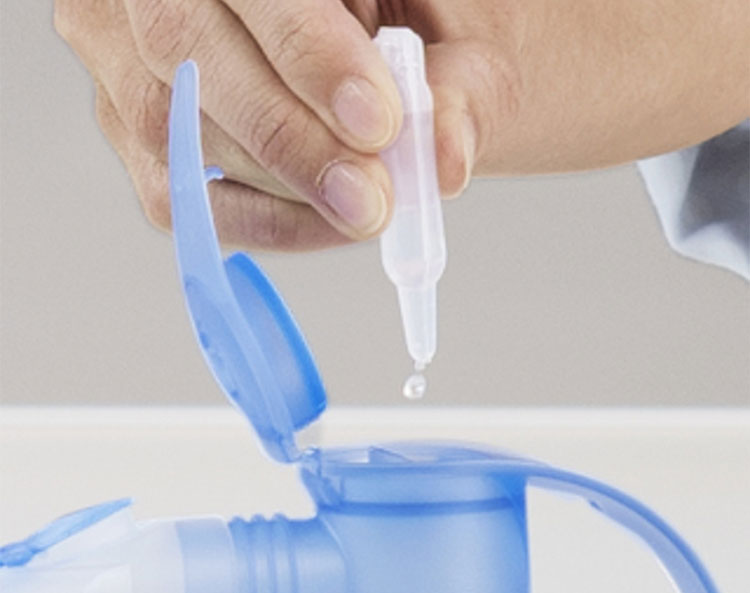
Promotes Pulmonary Hydration- Picture Courtesy: PARI
Patients with respiratory disorders require continuous oxygen support. However, long oxygen therapy or the utility of ventilators can be the reason for dryness of the respiratory lining. So, sterile water for inhalation is routine therapy in ventilators or humidifiers to hydrate and humidify airways. This hydration is essential for soothing discomfort and restoring proper respiratory functions.
Best for Every Population Group
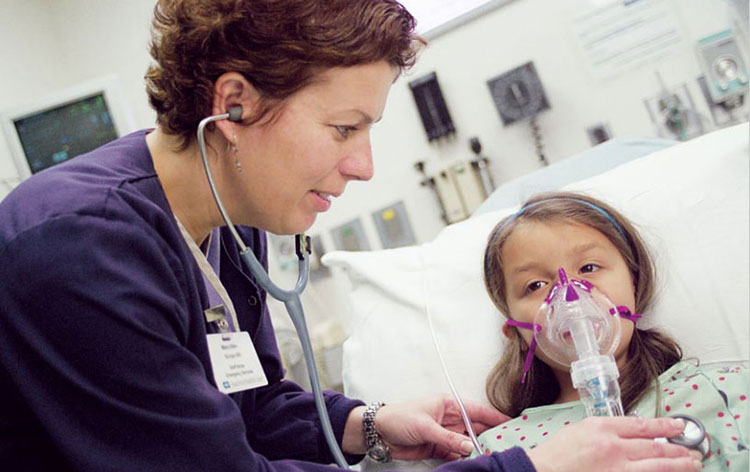
Best for Every Population Group- Picture Courtesy: Vyarire Medical
A key question is whether sterile water for inhalation poses any risks to pediatric and geriatric populations. Certainly, you can utilize it to clear sensitive airways in both kids and elderly people. Sterile water for inhalation is ideal for relieving respiratory infections in newborns, infants, adults, as well as geriatric patients. It is regularly utilized in intensive care settings to prevent respiratory complications.
3.What are the basic applications of sterile water for inhalation?
After learning about benefits of the sterile water for inhalation you would be surely keen to gain knowledge about its applications. Its use is mostly linked with easing various ailments in the respiratory tract. Here are some fundamental applications of the sterile water for inhalation:
Humidification

Humidification- Picture Courtesy: WestsideMed
The primary use of sterile water for inhalation is humidification. It is integral in alleviating dehydration of the airways in the dry season. In hospitals, it is utilized with the humidifier incorporated in a mechanical ventilator or other oxygen support systems to keep the mucosal lining hydrated during lengthy treatment. It is used in the humidification compartment of CPAP or BiPAP devices to moisten air during the treatment of sleep apnea.
Thinning of Mucus
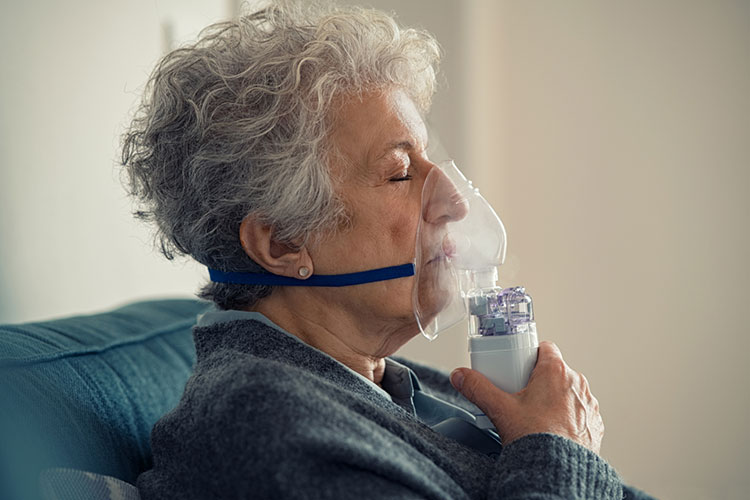
Thinning of Mucus- Picture Courtesy: CityMD
Sterile water for inhalation is pivotal in eliminating thick mucus from the bronchial tubes and lungs. How is this possible? With moisturizing airways, it lessens the viscosity of viscous and sticky mucus. This aids in the softening of mucus, which helps in the movement of hair-like structures called cilia. They move it upward for ejection. So, by coughing the respiratory system is cleared of these secretions.
Prevents Infection
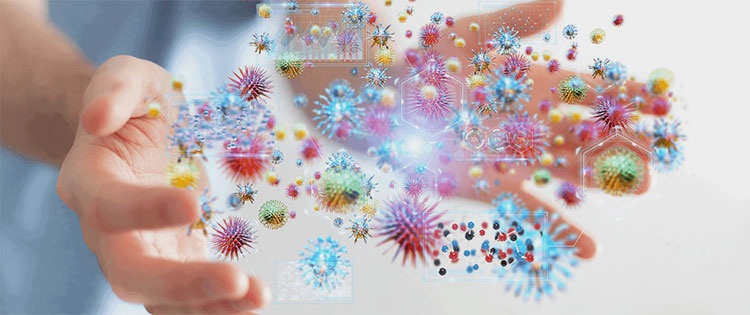
Prevents Infection- Picture Courtesy: Vibra Healthcare
In dry and winter seasons, you’ll find an increase in respiratory infection because of dry air, which causes the thickening of mucus in the respiratory tract, promoting the growth of bacteria and fungi.
In medical care settings, sterile water for inhalation is ideal for decreasing the frequency and intensity of the lung infection. So, it keeps the respiratory environment moist and ultimately supports natural barriers of the lungs, throat, and trachea in preventing the entry of pathogens.
Enhancing Oxygenation Rate
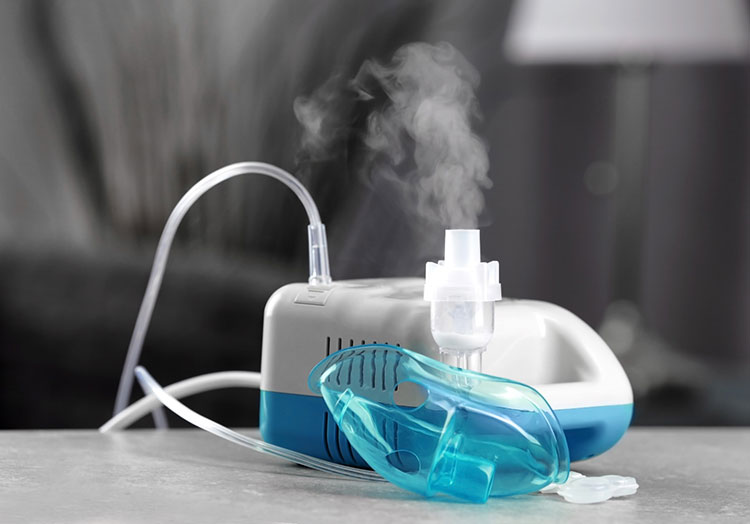
Enhancing Oxygenation Rate- Picture Courtesy: LPT Medical
You find it unbelievable, but sterile water for inhalation is also utilized to boost oxygen delivery to blood cells by increasing gas exchange potential in the lungs. It hydrates air sacs (alveoli) in the lungs, consequently, oxygen diffuses more effectively into blood bloodstream. This processed water also aids in boosting arterial oxygenation and curbing the symptoms of hypoxia.
4.What are the important steps for manufacturing sterile water for inhalation?
Sterile water for inhalation is a highly regulated substance and is manufactured using special equipment and stringent fulfillment of every regulatory guideline to optimize sterility and safety. The key steps included in the formulation of sterile water for inhalation are detailed below:
Raw Water Pre-Treatment
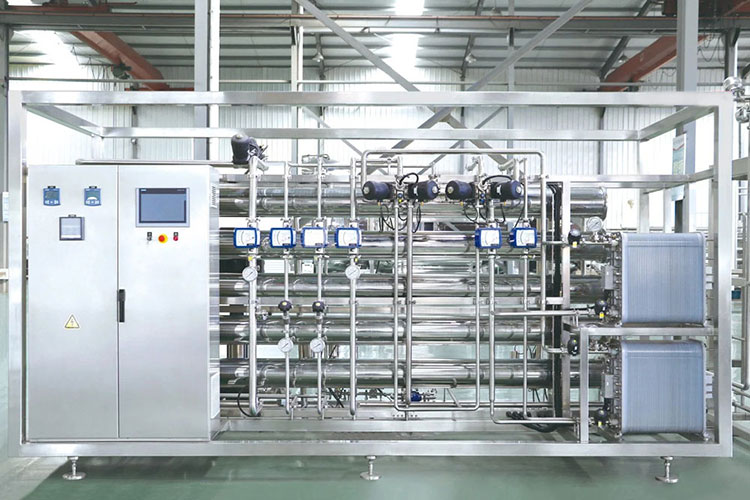
AIPAK ENGINEERING Purified Water Treatment System
For preparing sterile water for inhalation, high-quality water is selected as a base. This water is typically potable or purified water, collected from the municipal water source. Techniques, for instance, filtration, deionization, activated charcoal, or distillation are employed to clear out various types of particulate matter, dissolved ions, organic molecules, chlorine, salts, and, other sediments.
It is also treated to remove its hardness, which happens because of calcium or magnesium ions.
Water Purification
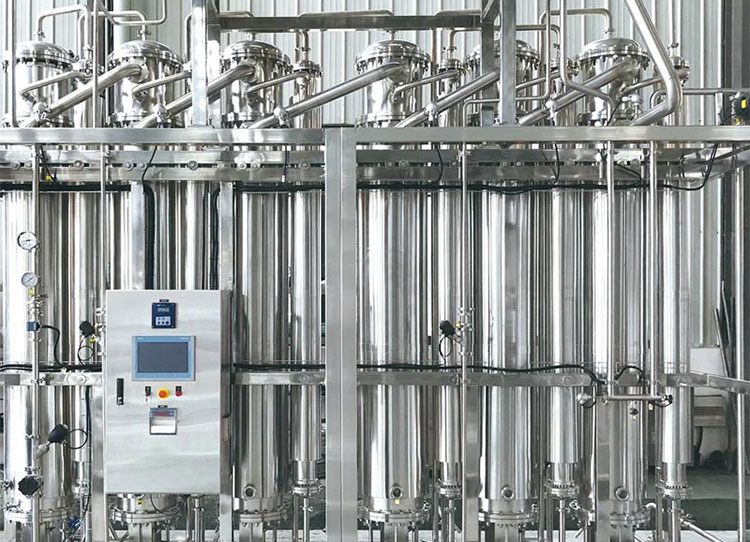
AIPAK ENGINEERING Multi-effect Distillation System
After pretreatment, the next step in the creation of sterile water for inhalation is purification. This step occurs by utilizing approaches called distillation, ultrafiltration, or reverse osmosis to attain the desired sterility level.
Distillation involves boiling liquid components at high temperatures and then condensing back vapors to liquid. In this way, it separates diverse types of pathogens, including bacteria, endotoxins, and other volatile compounds. In ultrafiltration, an ultrafine pore-size membrane is employed to remove tiny or minute biological pathogens, such as viruses or bacteria.
Sterilization
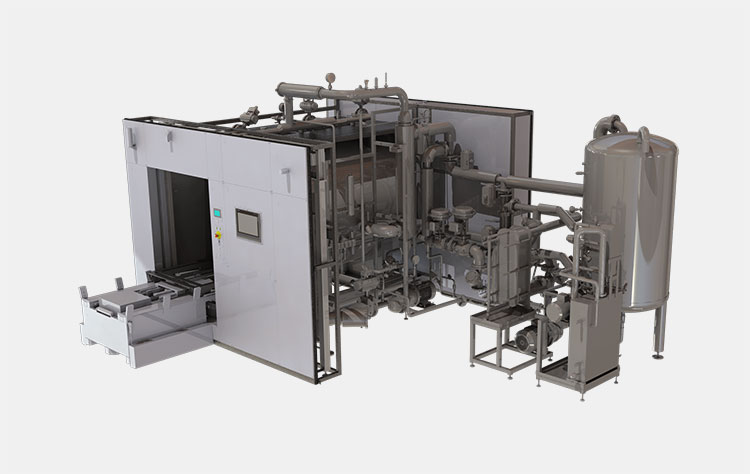
Water Sterilization System- Picture Courtesy: Actini
In the sterilization step, remaining viable microbes or endotoxins are eradicated from the purified water using steam autoclaves or heat exchangers. High temperatures are effective in killing microbes and destroying their spores. In some cases, a sterile membrane with a pore size of 0.22 microns is used for filtering leftover pathogens.
Quality Testing

Water Quality Testing- Picture Courtesy: Aquaread
Now the sterile water is ready for the quality control investigations. After sterilization, the water is continuously checked and monitored in real time to detect microorganisms, endotoxins, and, dust, and inhalable particles.
Filling
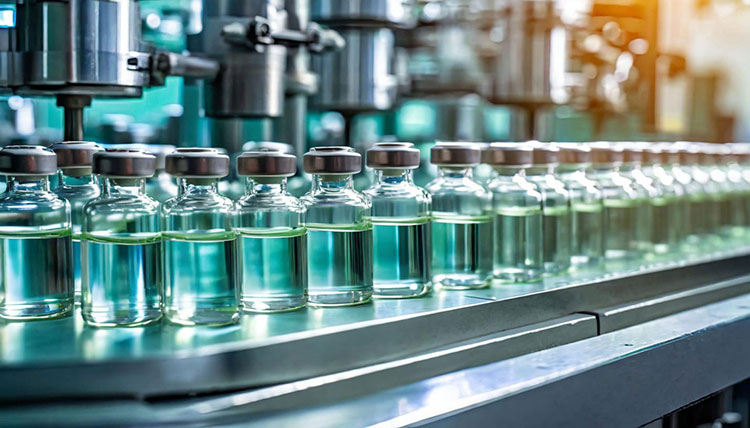
Sterile Filling- Picture Courtesy: CE&IC
Ultimately, upon successful quality control testing, now the sterile water for inhalation is loaded inside the pre-sterilized container using sterile filling machines in the cleanroom working environment. Afterward, the containers are instantly closed with permanent sealing to prevent the entry of contaminants.
In some instances, terminal sterilization is carried out to ensure absolute sterility. Containers are labeled with proper information and checked for evident defects.
5.What are the physiochemical characteristics of sterile water for inhalation?
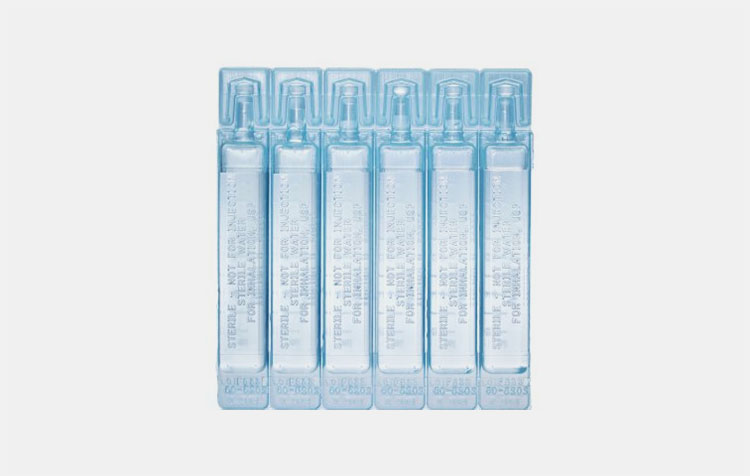
Physiochemical Characteristics of Sterile Water for Inhalation- Picture Courtesy: Vitality Medical
Physiochemical characteristics are the measure of sterility and purity of sterile water for inhalation. Learning about physiochemical properties helps you to properly analyze its quality. Its core physiochemical properties are penned below:
| Composition | It is pure and only comprised of H2O molecules. It does not have any additional compounds, such as salts, antimicrobials, etc. |
| pH | The pH range of sterile water for inhalation is around 5 to 7. This range reduces the likelihood of damage and aligns with the respiratory tract environment. |
| Osmolality | Its osmolality or hypotonicity is around 0 mOsm/L to avert extreme dehydration of respiratory tissue lining. However, it is not safe for intravenous application. |
| Electrical Conductivity | What is electrical conductivity? Substances can pass electricity through it. Ionic components and metals conduct electricity. Usually, sterile water for injection has decreased conductivity, as it does not consist of soluble ions. |
| Appearance | It is a clear, colorless, and odorless substance. And there is no murkiness, or discoloration in it. |
| Density | It has a standard density of pure water, which is around 1 g/cm³ at 4°C. |
| Freezing and Boiling Temperature | Similar to density, the freezing and boiling points of sterile water for inhalation are identical to standard water and are about 0°C and 100°C. |
| Endotoxin Level | Endotoxins are typically byproducts of the cell wall of gram-negative bacteria and induce severe inflammatory reactions when inhaled. Therefore, the endotoxin level is maintained at <0.25 EU/mL in sterile water for inhalation. |
| Stability | It is non-reactive and inert when correctly stored. It does not interact with container materials. It can also resist severe temperature and pressure conditions during autoclaving and terminal sterilization. |
6.What packaging materials uphold the sterility of sterile water for inhalation?
As there is the probability that packaging material may interact or leach substances in the sterile water for inhalation, it is recommended to carefully weigh the pros and cons of each packaging material before finalizing it.
The packaging materials must be developed to retain the purity and stability of the product during its service period. And they should not get damaged during storage and transportation periods. Some important packing materials that uphold the purity of sterile water for inhalation are penned below:
Glass Containers
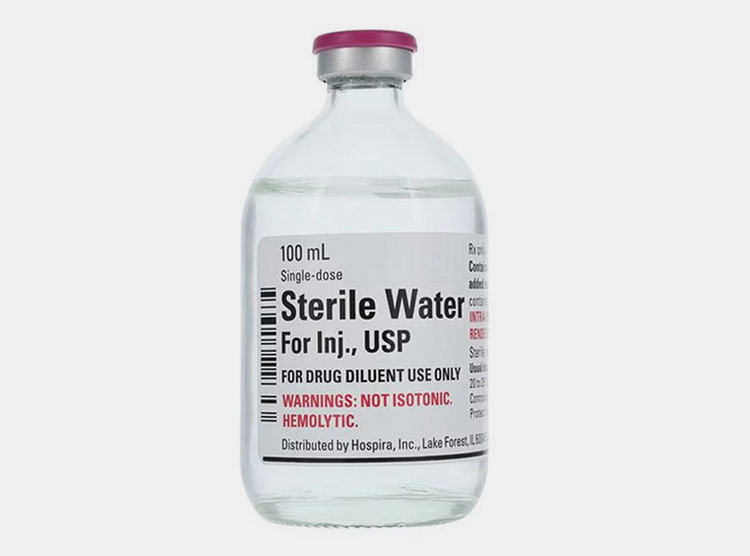
Glass Containers- Picture Courtesy: Mountainside Medical Equipment
They are normally manufactured using Type I (Borosilicate Glass) and Type II (soda-lime glass). Usually, ampoules, vials, and bottles for single-dose use are prepared using glass. It is a globally popular material for making vessels that hold sterile water for inhalation owing to its increased chemical resistance and reduced leaching profile.
It is an inert barrier for maintaining the sterility of sterile water for inhalation due to its optimized protective properties.
Plastic Containers
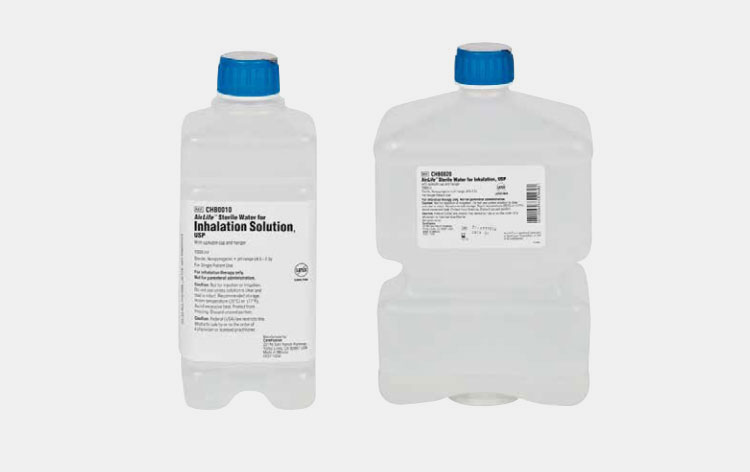
Plastic Containers- Picture Courtesy: Vyaire
They are acquiring traction owing to their reduced-price rate and lightweight properties. They do not break during shipment. There are diverse plastics- for example, Polypropylene (PP), Polyethylene (PE), and, Polyethylene Terephthalate (PET)- employed for fashioning plastic containers for sterile water for inhalation.
Plastics have enhanced chemical inertness, low water permeability, and clarity; therefore, they are perfect for creating bags, bottles, and ampoules for holding large volumes of products.
Closures and Seals

Closures and Seals- Picture Courtesy: Andone Pharma
Different types of closures are utilized for sealing the sterile water for inhalation containers, for instance, stoppers, caps, flip-off seals, etc. They are made from medical-grade rubber, aluminum, or plastics. They uphold the purity of sterile water for inhalation by their chemical inertness, impermeability to microbes and water, and airtight sealing.
7.How is sterile water for inhalation different from sterile water for irrigation?
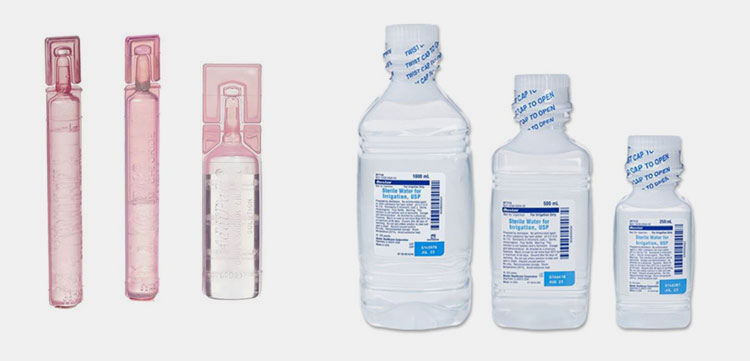
Sterile Water for Inhalation and Sterile Water For Irrigation
Both sterile water for inhalation and sterile water for irrigation are forms of highly purified and processed water. However, they vastly differ from one another due to their diverse functionalities, components, and packing formats. Now, let’s read about variations in sterile water for inhalation and sterile water for irrigation.
| Feature | Sterile Water for Inhalation | Sterile Water for Irrigation |
| Use | It is particularly developed for use in the respiratory disorders. It is intended for inhalation. It humidifies dry air and dilutes the respiratory drugs. Sterile water for inhalation is used with respiratory devices, such as nebulizers, humidifiers, and other oxygen-concentrated equipment. | This sterile water is employed for washing, cleaning, and hydrating various kinds of tissues during surgical operations or wound treatment. It is routinely utilized for sterilizing or cleaning various kinds of medical devices. |
| Purity | In multi-use containers for sterile water for inhalation, there are traces of antimicrobial preservatives to inhibit bacterial or fungal growth. | It is completely sterile and pure without any trace of additives or preservatives. This prevents the irritation of tissue when used for treating open wounds or external skin areas. |
| Osmolarity | It is completely hypotonic with an osmolarity of 0 mOsm/L. This helps in the thinning and loosening of mucus secretion from the inner tissues of the respiratory tract. | Although, it is also hypotonic, however, the osmolarity regulations are less stringent for sterile water for irrigation because it is typically utilized for external or localized areas of the body. |
| Packaging Formats | Sterile water for inhalation is normally packed in small-volume containers like ampoules, vials, or nebulizer bottles. These containers are sealed using tamper-evident closures to prevent their tampering and contamination. | It is filled in large-volume containers, for instance, bottles or bags. These containers are manufactured for ease of dispensing and flushing. Moreover, they are non-resealable and have a specialized spout for pouring. |
| Endotoxin Limits | Since it goes inside the respiratory organs, therefore, it requires a much stricter threshold for endotoxins, generally around <0.25 EU/mL. | Sterile water for irrigation does not enter the systematic tissues and is mostly used for external regions, hence, its endotoxin limits are less strict (<0.5 EU/mL). |
8.Why is sterile water for inhalation not used for continuous IV infusion by itself?

Continuous IV Infusion- Picture Courtesy: Rehab Select
Medical specialists and pharmacists recommend against using water for inhalation for IV infusion. Why is that? First and foremost, it is hypotonic with a reduced osmolarity of around 0. Meaning, it does not constitute essential salts or electrolytes. So, it is not compatible with the osmolarity of systematic circulation (~290 mOsm/L).
If you inject this hypotonic solvent into the blood circulation, then you might discover that water quickly goes into the cell by the process of osmosis. As a result, the red blood cells expand in size and ultimately rapture (hemolysis).
Furthermore, it does not have any electrolytes or ions, necessary for proper cellular functioning and blood fluid balance. So, its infusion into the blood will dilute plasma electrolytes and may result in confusion, seizures, cramps, or cardiac arrhythmias. It could disrupt the acid-base equilibrium and can lead to metabolic acidosis or alkalosis.
9.What are storage guidelines for water for sterile water for inhalation?
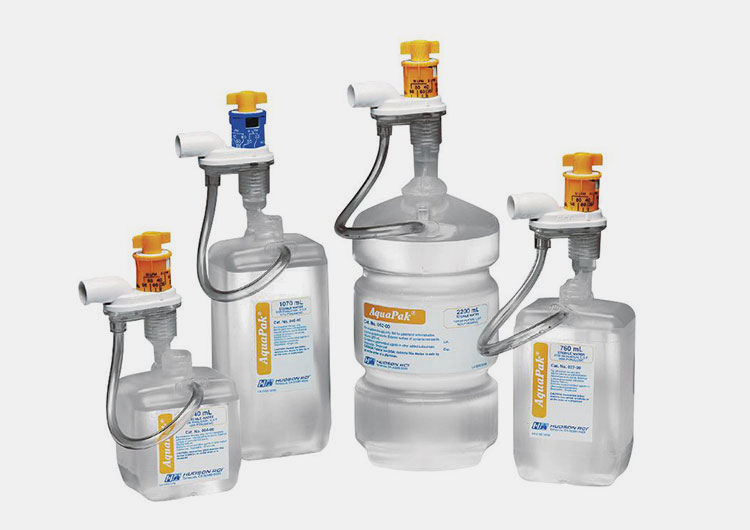
Storage Guidelines for Sterile Water for Inhalation
How can you store sterile water for inhalation for its proper effectiveness? There are various monitoring guidelines issued by the pharmacopeias for manufacturers and medical sectors to avoid contamination in sterile water for inhalation during storage. Hence, for your information, we are penning some storage guidelines:
| Storage Settings | Temperature | It is advised to keep sterile water for inhalation at a room temperature of about 15°C to 30°C (59°F to 86°F). Do not subject it to excessive freezing or high temperature because it can jeopardize packaging integrity. |
| Humidity | Store this water in low humid conditions, as excessive moisture levels can damage packaging composition. | |
| Light | Place sterile water for inhalation away from direct sunlight sources because continuous UV light exposure reduces product stability. | |
| Packaging Composition | Do not open the packaging of sterile water for inhalation until its utility. Also, always look for evident damage, for instance, cracks or breaches, as it can make the product unfit for use. | |
| Shelf Life | Sterile water for injection is ideal for utility before its expiry date. You should instantly use a single-dose product after opening and dispose of any unused quantity. For multi-dose products, it is suggested to utilize them within 24 hours. Also, never reuse the opened container to avoid impurity. | |
10.Are there any contraindications for using sterile water for inhalation?
Similar to other products, there are some contradictions and precautions for utilizing sterile water for inhalation. Because of its incorrect use, it certainly leads to severe complications for patients. Some of the significant contraindications for sterile water for inhalation are:
Use in Patients with Pulmonary Edema
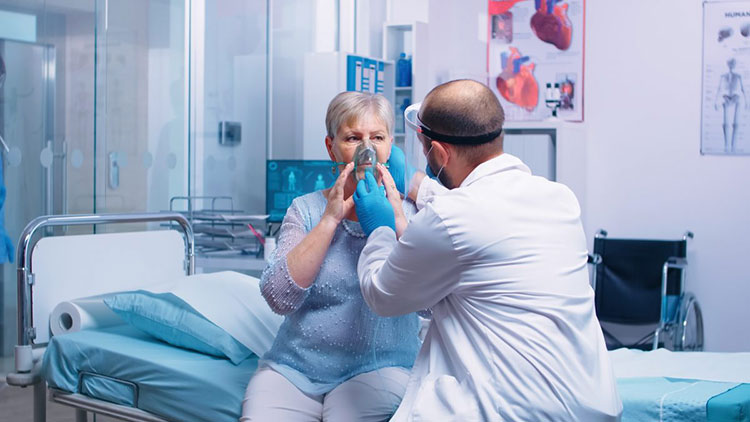
Patients with Pulmonary Edema- Picture Courtesy: Chestmed
Sterile water for inhalation must not be administered to patients with disorders, such as pulmonary edema or congestive heart failure. Moisturization of airways can exacerbate these conditions due to the generation of excessive fluid.
Allergic Reactions
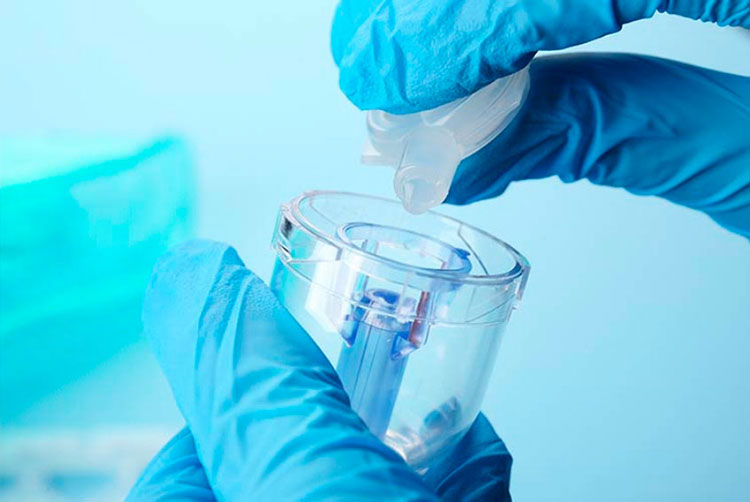
Allergic Reactions- Picture Courtesy: Owens Medical
Sometimes, patients might experience hypersensitivity reactions if a minute quantity of preservatives is present in the sterile water for inhalation. So, it is advised to administer additive-free preparation for sensitive patient groups.
Chances of Infections
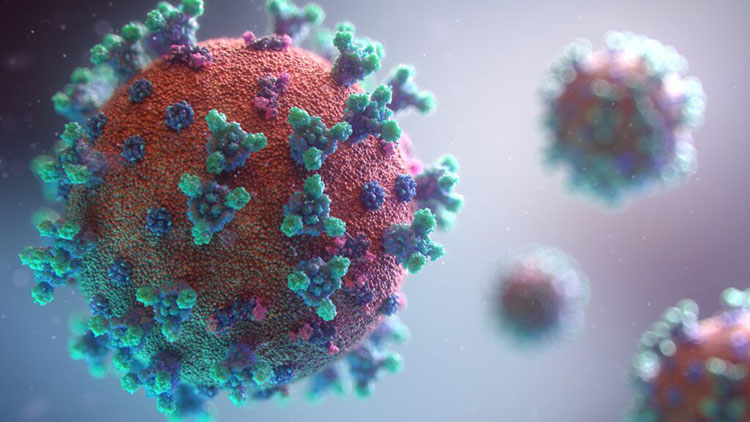
Chances of Infection- Picture Courtesy: AeroHealth
If sterile water for inhalation is incorrectly handled or contaminated instruments are utilized for formulation administration, then you can have the risk of infection. Therefore, use hygienic protocols and sterile equipment for product delivery.
Electrolyte Imbalance

Electrolyte Imbalance
In some individuals, inhalation of this sterile water results in dilution of preexisting lung fluid, consequently, disrupting the electrolyte balance in the pulmonary system. Hence, it is advised to check fluid and electrolyte balance in high-risk patients.
11.What are the signs of contamination in sterile water for inhalation?
Concerns about the safety of sterile water for inhalation are often raised by potential users. Contamination can impact the sterility and integrity of the formulation. Thus, it is essential to recognize the signs of contamination to avert pathogen-related side effects. We are mentioning some key indicators of contamination for your ease:
Turbidity, Sediments and Precipitation

Turbidity, Sediments, and Precipitation- Picture Courtesy: TSA Process Equipment
The sterile water for inhalation must be clear and colorless. If there is haziness, murkiness, or milkiness in the formulation, then it is contaminated. Floating, suspended, or settled particles at the bottom mean foreign particles or colonization of microbes. Besides this, precipitates or crystals also denote probable chemical impurities.
Color Changes or Atypical Smell
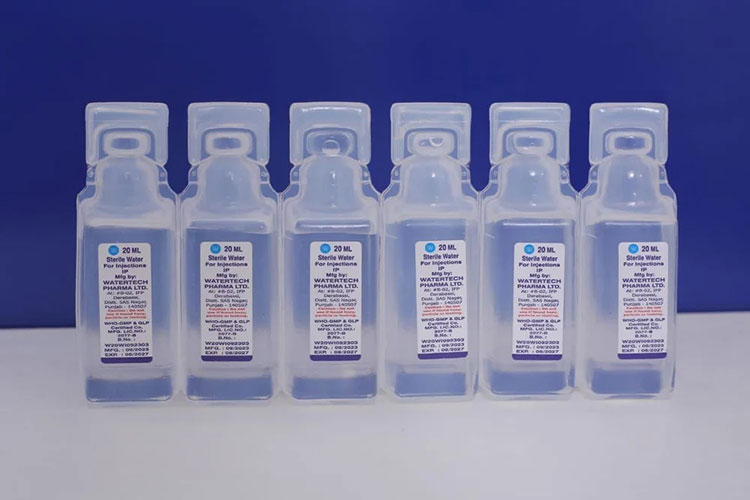
Color Changes
If there is a color change or discoloration with a green, brown, or yellowish tint, it shows that microorganisms are growing in water. This tint could also be due to chemical reactivity in water or leaching of packing materials. Moreover, if you notice any foul or uncharacteristic smell emitting from water then there is a bacterial or fungal invasion in the product.
Defective Packaging
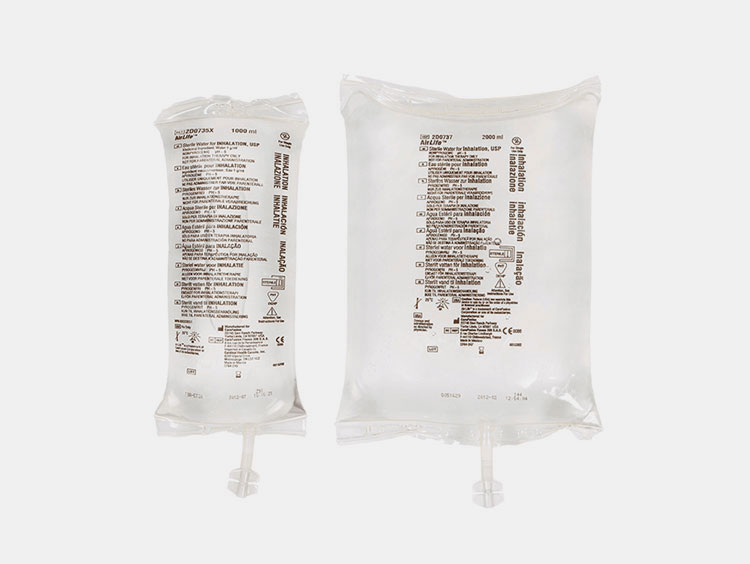
Defective Packaging-Picture Courtesy: AirLife
If you observe any broken, loose, or missing seals on the packaging, then it implies the microbes have gained entry inside the packaging. Moreover, leakage or cracks in the ampoules, vials, or plastic containers, are also a sign of contamination. Also, bulging in flexible containers of sterile water for inhalation is due to the generation of gas by microorganisms. Therefore, you should discard these defective containers to avoid health complications.
Conclusion
The sterile water for inhalation is an excellent mode of delivering medications to pulmonary and respiratory. It has established its effectiveness for nebulization therapy, humidification, and elimination of mucosal secretions from the lungs, trachea, and throat. Today, this product is high in demand for treating respiratory illness and infection. Hopefully, by going through this FAQ guide, you have learned valuable information about this processed water. However, if you are looking for equipment related to the preparation of sterile water for inhalation, then you are encouraged to communicate your details to our customer care service at AIPAK ENGINEERING.
Don't forget to share this post!
CONTACT US
Tell us your raw material and project budget to get quotations within 24 hours.
WhatsApp Us: +86 181 7101 8586
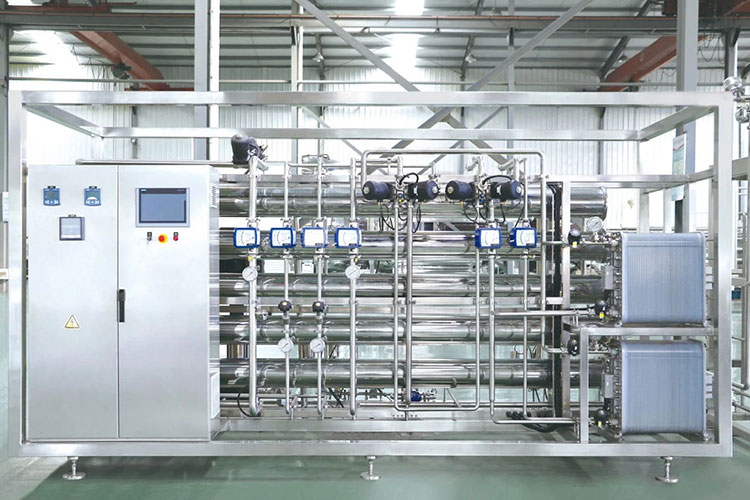 Tell us your material or budget, we'll reply you ASAP within 24 hours
Tell us your material or budget, we'll reply you ASAP within 24 hours

